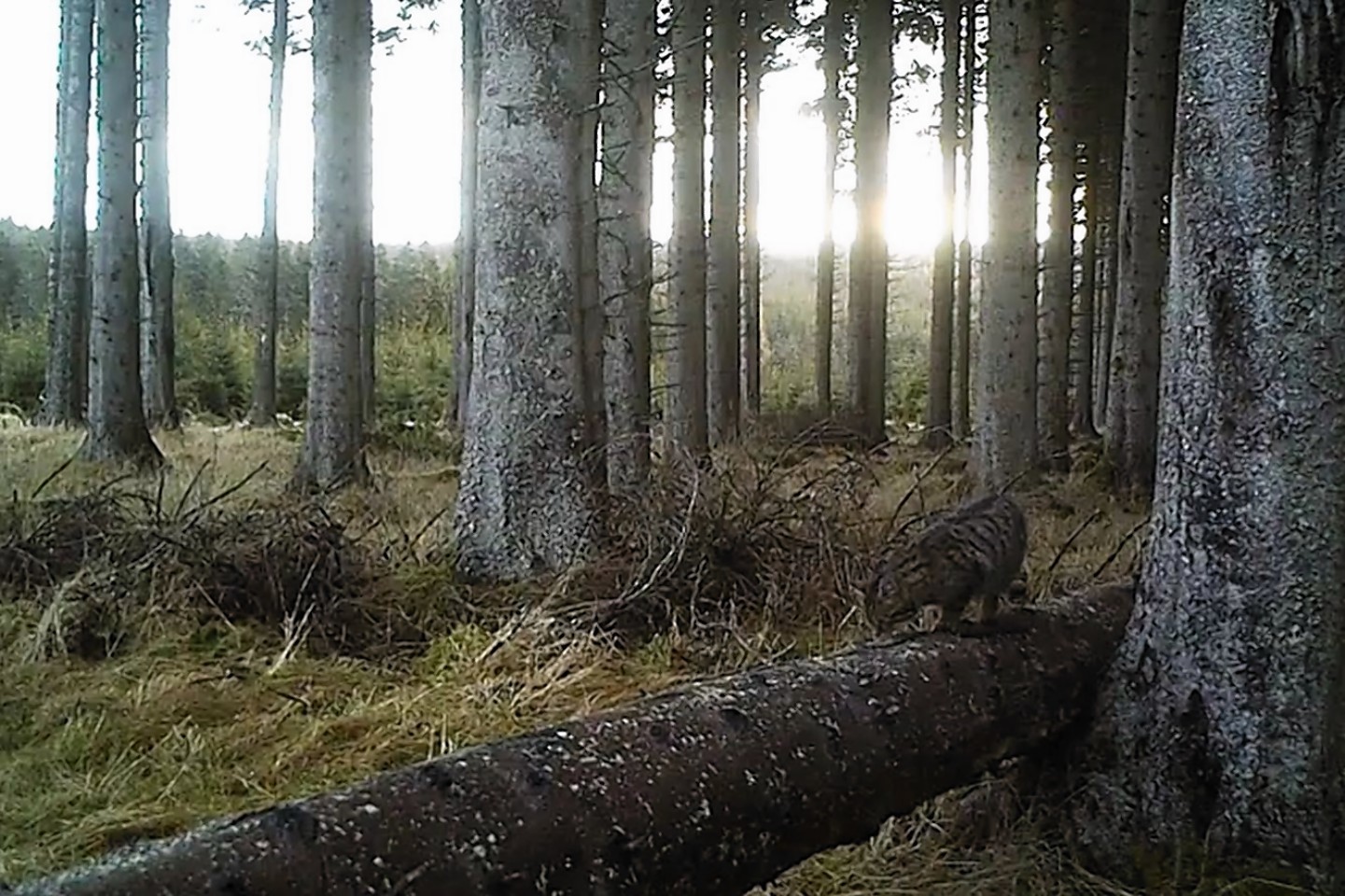The potential reintroduction of wildcats to England signifies a critical moment in wildlife conservation, aiming to revive their presence after centuries of absence. These creatures, once widespread across the UK, are now among the rarest native mammals, barely surviving in remote parts of Scotland. However, collaborative efforts led by wildlife experts offer hope for their return to the English landscape.
This initiative stems from understanding the pivotal role of wildcats in shaping ecosystems. Their carnivorous diet helps maintain a delicate balance among herbivore populations, preventing overgrazing and supporting plant species crucial for a sustainable environment. While historically associated with Scotland’s ancient woodlands, suitable regions in southern England, like Devon and Cornwall, have been identified as potential habitats for reintroduction, offering ideal conditions for their survival.
Reintroducing this apex predator holds ecological significance, reinstating a missing link in the ecosystem. However, challenges persist, primarily the risk of hybridisation with domestic cats, which threatens the genetic purity of true wildcats. To counter this, meticulous planning involving the creation of a genetically robust stud book is underway to maintain their distinct traits and avoid interbreeding.
Experts address concerns about potential conflicts with livestock and humans, emphasizing that wildcats tend to avoid larger prey and are naturally elusive creatures. Learning from successful rewilding projects, collaboration among conservationists, communities, and government agencies is crucial to navigate regulatory requirements and ensure a sustainable reintroduction.
The urgency of this situation requires immediate action to prevent irreversible loss, as wildcats face endangerment, with only a few hundred individuals surviving. The Wild Cat (Felis silvestris), Britain’s sole wild feline, closely resembles the domestic tabby cat but exhibits distinct features like a bushier, blunt-ended tail with black rings.
Adaptable to various habitats, wild cats typically inhabit moorlands, forests, and scrub areas in Scotland. They are obligate carnivores, consuming almost all parts of their prey and rarely needing to drink due to the high water content in meat. Despite their timid nature, wildcats communicate using various sounds and maintain solitary lives with defined territories.
Breeding in February and March, wildcats produce litters of 3 – 5 kittens after a gestation period of 63 – 68 days. However, their population decline, attributed to domestic cat gene infiltration, threatens extinction. The Scottish wild cat is critically endangered, with measures to protect and conserve the remaining pure population deemed crucial by conservationists.

A European Wildcat, February 2013. C Lviatour.

A wild cat roaming the woods, Aberdeenshire 2016. C Kevin Bell.
